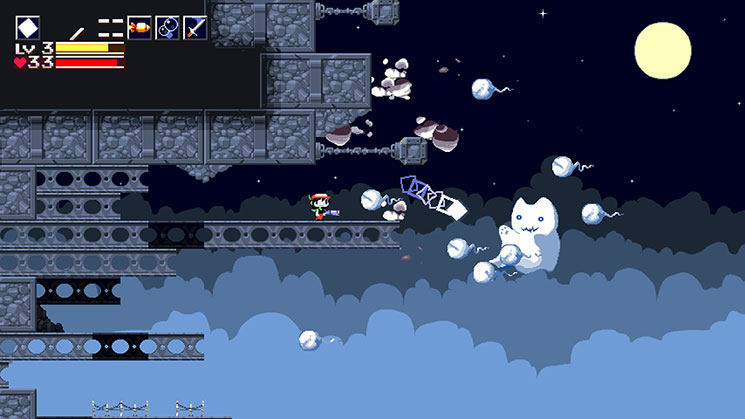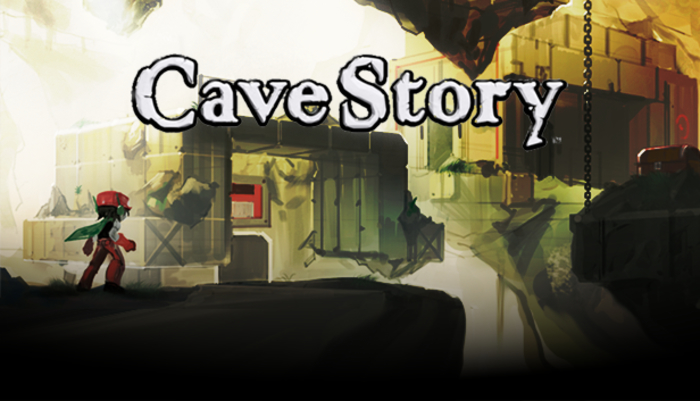

Weapons get downgraded as well the more you take damage, so it’s important to get familiar with how each operates at different levels. However, once it has reached the max level, you can point the gun downwards and fire to reach higher places, similar to a jet pack. For example, the Machine Gun Blaster gets stronger and faster with each level. Each time you level it up, it will modify its use ever so slightly. Each weapon is unique and can be leveled up by killing enemies and picking up yellow crystals. I really like the weapon system in Cave Story because it made me pay attention to them a lot more than I typically would in other games. In order for Quote to put an end to the evil doctor’s nefarious plans, he’ll have to explore a number of different caves while running, jumping, and shooting - you know, all of that platforming goodness. “Cave Story+ really does feel like a natural fit for the Switch” It sort of boggles the mind that one guy was able to create such a cohesive product, something larger studios with bigger staff strive but fail to do. It has enough narrative twists and turns to keep it interesting and its pacing between story beats and gameplay is nearly flawless. Even its story is engaging, with players taking control of Quote, a sentient robot that must save the cute rabbit-like residents of Mimiga Village from an evil mad scientist. From the exquisite level design and intuitive weapons, it’s obvious Amaya played a ton of Castlevania, Metroid, and Mega Man back in the day. The inspirations are all over Cave Story. It was the first of its kind in that it was a modern game that looked and sounded like an old game. He self-published it and it gradually became popular over the Internet as word began to spread. It was developed by Daisuke “Pixel” Amaya for over five years and was originally a hobby of his.

When people think of the rise of the indie game, many would point to the success of Braid and/or Limbo as the primary influence, but it was actually Cave Story that sort of started it all.


 0 kommentar(er)
0 kommentar(er)
